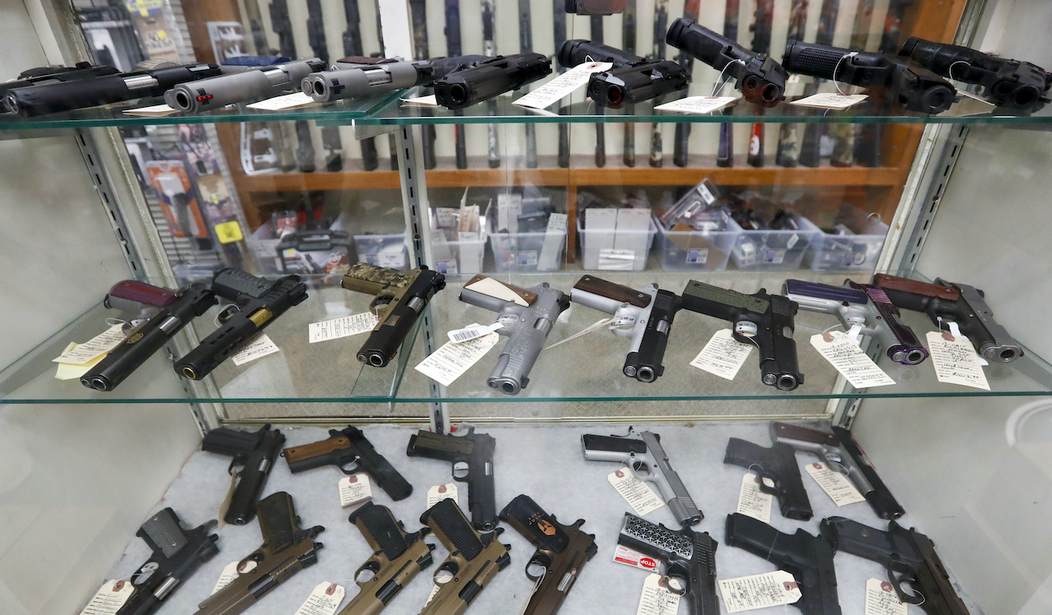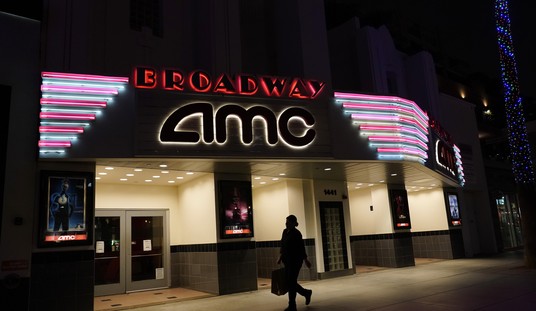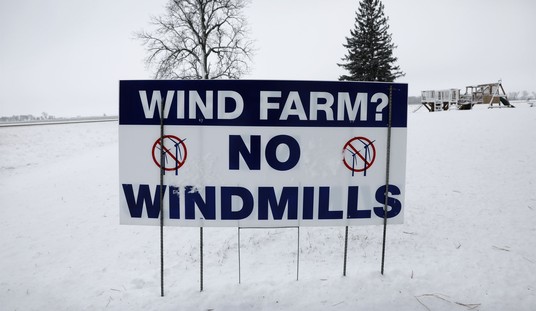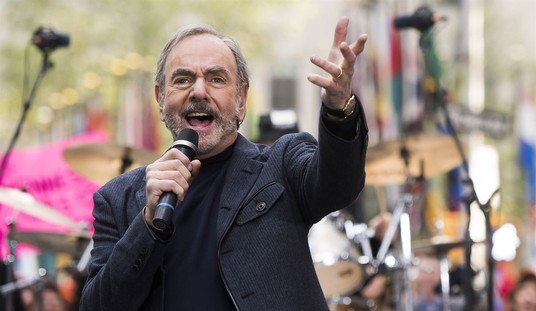It’s widely known at this point that shootings and homicides were up sharply last year, about 25 percent overall but even more in large cities. That trend has continued this year with another jump that is into the double digits. There have been a myriad of explanations about the causes of this sudden increase in crime. One of the ones that has been floated is that the increased violence is tied to an increase in gun sales. This is from a Washington Post deep dive on shootings published last month:
Researchers note a number of factors they say are driving the upswing, including the unprecedented surge in gun sales. In 2020, a year of pandemic, protests and elections, people purchased more than 23 million guns, a 66 percent increase over 2019 sales, according to a Post analysis of federal data on gun background checks.
In January and February of 2021, people bought more guns than they did during either month of any previous year in which such purchases were recorded. In January alone, about 2.5 million guns were sold, the third-highest one-month total, behind only June and July of 2020.
There are other possible explanations for the increase in crime but some of those, especially the Ferguson Effect and the connection to the anti-police BLM protests (and riots) last summer are a lot less comfortable for Democrats to talk about. That why when President Biden announced his plan for dealing with the increase in violent crime last month, the major focus was a crackdown on illegal gun sales.
“These merchants of death are breaking the law for profit,” Biden said. “If you willfully sell a gun to someone who’s prohibited, my message to you is this: We’ll find you and we’ll seek your license to sell guns. We’ll make sure you can’t sell death and mayhem on our streets.”…
But there are also tricky politics at play, and Biden’s plan shows how few options the Democratic president has on the issue.
Biden’s focus on guns obviously plays into the existing claim that the surge in violence is connected to gun sales, something that gun control groups are happy to applaud. But reality is rarely as simple as partisans on the left wish it would be. Today, the Guardian reports on a new study that found no connection between gun sales and higher rates of violent crime:
Through July of last year, there was no clear association between the increase in firearm purchases and the increase in most interpersonal gun violence at the state level, according to a new study published in Injury Epidemiology, a peer-reviewed scientific journal.
The findings suggest that “we need to be looking at other factors, like job loss, economic change, the closure of schools and community organizations and nonprofits, and civil unrest,” in order to understand last year’s increase in gun violence, Julia Schleimer, the lead author of the new study, said…
It made sense that politicians and other public figures would point to the increase in gun buying in 2020 as a potential reason shootings had increased last year, Schleimer said.
But, she said, “Our findings, from this current study, in this particular context, are not supporting that.”
What’s most interesting if you read through the study itself is that these same researchers had reached the opposite conclusion in a previous study, i.e. that gun sales did impacted the number of shootings. However the previous study only looked at data through May of 2020. It’s really after that point that the violence took off because of other, as yet unknown, factors:
The present study extends our prior work, which found a positive association between firearm purchasing and firearm violence through May 2020 (Schleimer et al., 2020a). We hypothesized that the purchasing surge would be associated with an increase in firearm violence. Our overall aim was to provide evidence on the relationship between firearm purchasing and firearm violence during the coronavirus pandemic, with the ultimate goals of informing future research and firearm violence prevention strategies….
The summer of 2020 was far from typical, with increases in anxiety, grief, substance use, economic strain, disruptions to daily routines, high-profile instances of police brutality, and a national mobilization against systemic racism, which was accompanied by civil unrest (Torales et al., 2020; Krieger, 2020). Each of these factors may act alone or in combination to increase firearm violence, such that the contribution of firearm purchasing in this context was not statistically detectable. This may help explain why findings from our earlier analysis, with data only through May 2020, found an association between the purchasing surge and violence (domestic violence represents a relatively small proportion of all firearm violence and so is unlikely to have accounted for the results) (Schleimer et al., 2020a). The current study suggests the importance of other contributing factors to the pandemic-related increase in firearm violence and the need for additional research. For example, future research should examine the relationships between violence during the pandemic and job loss and economic support policies; physical distancing and the closure of schools and community organizations; neighborhood social disorganization; civil unrest; and changes to policing.
The fact that these researchers have reversed themselves with the addition of more data should demonstrate to everyone that this study is not a case of trying to reach a predetermined conclusion. After their previous study they were probably expecting the current one would reaffirm that earlier finding but it did not.
The fact that these researchers have backed away from pointing to gun sales as the problem is good news because it points to other avenues that are likely to be more fruitful. However that doesn’t mean this message is going to get through to elected Democrats like President Biden who, as the Associated Press pointed out above, doesn’t have a lot of other options that the party’s base will find acceptable.
Not to put too fine a point on it, but it’s very possible the real story of increased crime has more to do with the anti-police BLM movement and subsequent, often halting, efforts to defund police which resulted in poor morale and early retirements and resignations of officers in many major cities. But that’s a message about the causes of the current crime wave that the White House dares not speak about for fear of offending the anti-police activists in their ranks.








Join the conversation as a VIP Member